Which planet is the hottest and why?
Venus - Thick atmosphere
What is direct light and what season does it cause?
Direct light - sunlight hitting the Earth straight on. Causes summer
What mainly causes the tides?
Gravity depends on what?
Mass and distance
What is a galaxy?
A bunch of solar systems held together by gravity
Which type of solar system model is illustrated in the diagram?
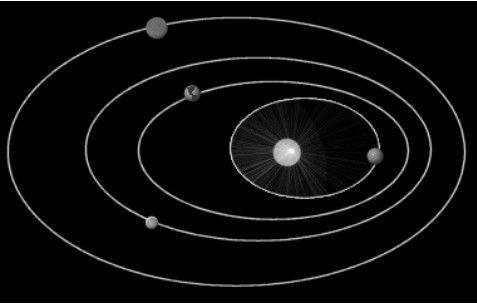
Heliocentric Model
What causes the seasons?
Earth's tilt and revolution
Draw a solar eclipse. Include the Sun, Earth, Moon and the shadow
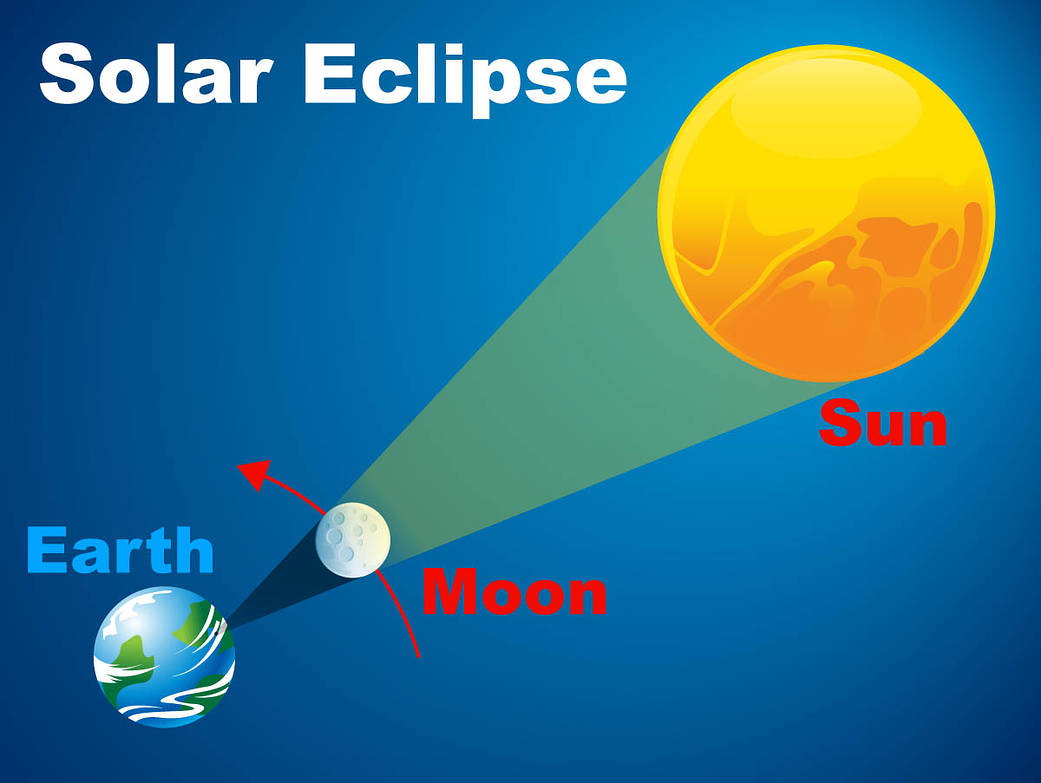
Which area of the graph would include a star that is hot and dim?
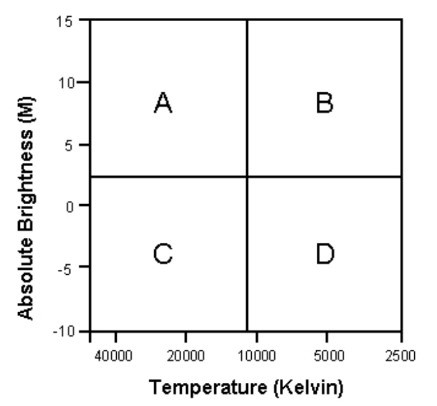
C
Different parts of the sun rotate at different speeds
Differential Rotation
Why is Mercury very hot during the day and very cold during the night?
No atmosphere
Which points on the Earth are in the summer season?

1 and 2
Why are high tides higher than normal and low tides lower than normal during a new moon?
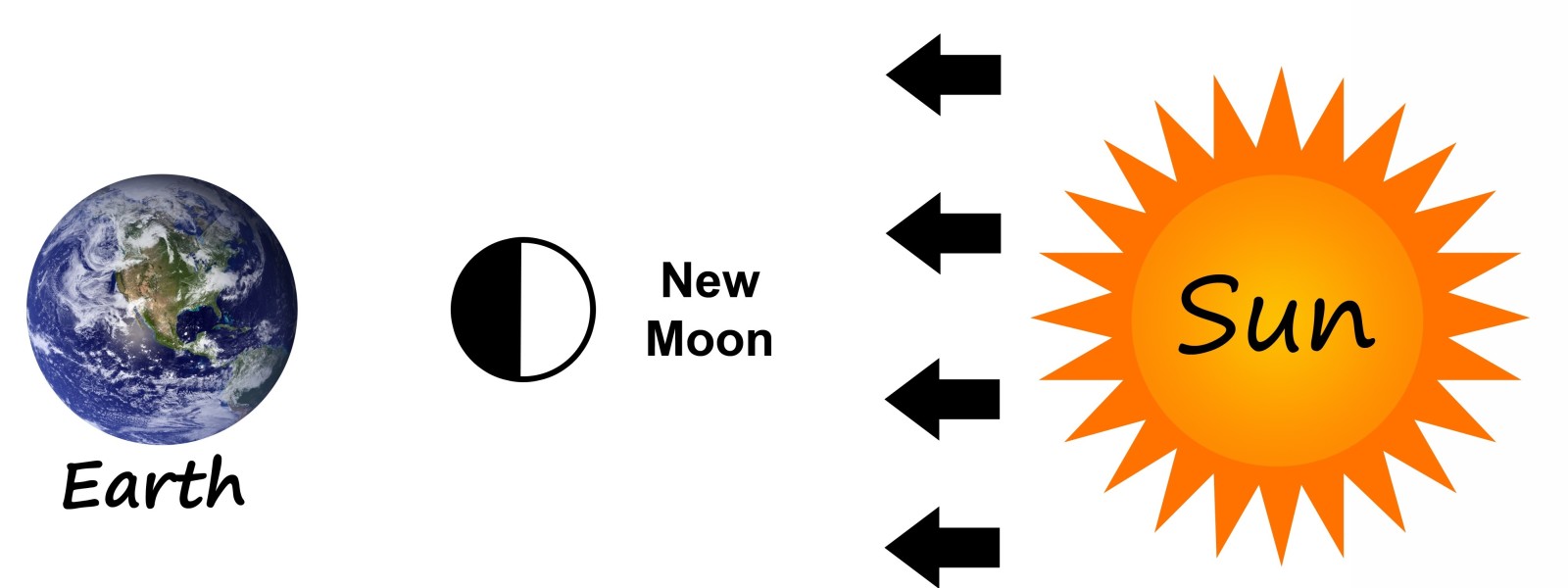
The gravity of the sun and moon work together
Which type of electromagnetic wave helps scientists study the temperature of objects in space?
Infrared Waves
This is used to measure distances in a solar system
Astronomical Unit
Why isn't Pluto a planet?
It does not have a clear orbit
At which points is a hemisphere getting indirect light?
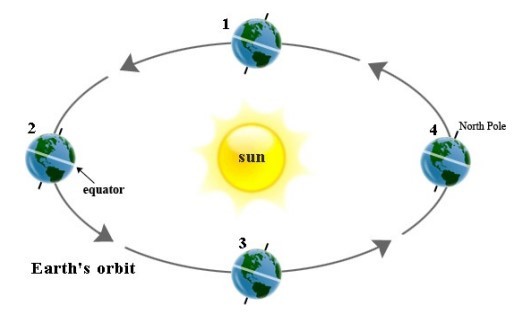
2 and 4
You would see a small difference between high and low tide if the moon was at which points?
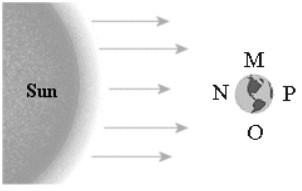
M and O
Increase mass or bring the objects closer
In the night sky Sirius appears to be brighter than Rigel. What property is being compared?
Apparent Brightness
As you move further away from the Sun, what increases and what decreases?
Increases: Length of revolution
Decreases: Temperature
Why do the northern and southern hemisphere have opposite seasons?
When one hemisphere is tilted towards teh sun the other is tilted away
State 3 differences between solar and lunar eclipses
Shadow size, length of time, what is in the middle, moon phases, how many people see it
What is the difference between comets, asteroids, and meteoroids?
Comets: Icey
Asteroids: Big rocks
Meteoroids: Little rocks
Draw a prominence, solar flare, and sunspot on the sun.